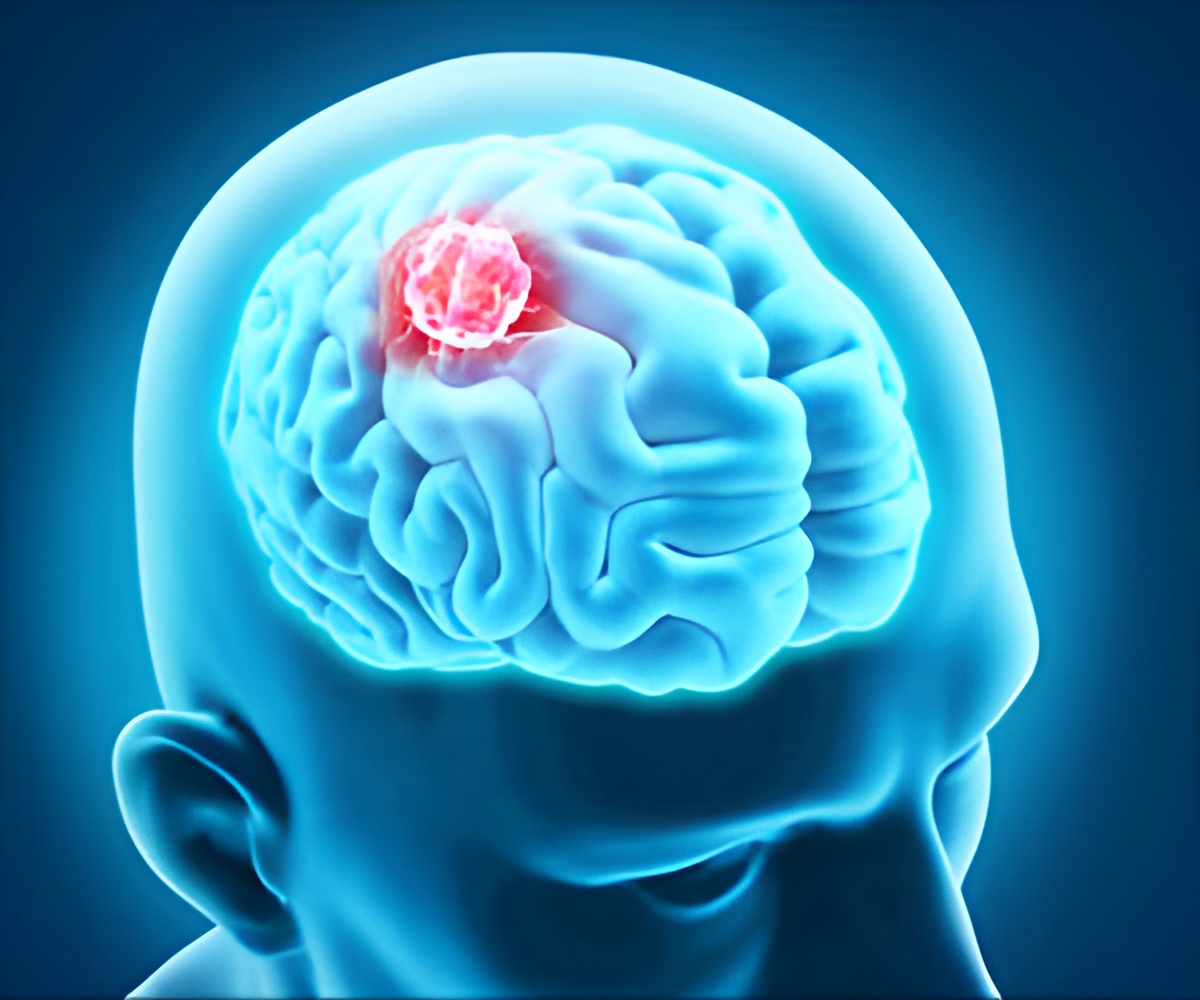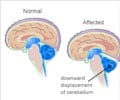
‘Hypnosedation has been observed to be especially valuable in patients undergoing 'awake' craniotomy for more advanced brain cancers. The preparation for hypnosis had to commence a few weeks before surgery.’
Tweet it Now
Dr. Zemmoura and colleagues evaluated their hypnosis technique in 37 patients undergoing awake craniotomy, mainly for low-grade gliomas, between 2011 and 2015. In awake craniotomy, the patient is sedated but conscious so as to be able to communicate during the operation. This helps the surgeon navigate safely to the tumor without damaging the 'eloquent cortex'-critical areas of the brain involved in language or movement. Preparation for hypnosis began a few weeks before surgery. The anesthesiologist/hypnotist met with the patient to carry out a short hypnosis session and teach the patient how to create a 'safe place'-an imaginary place where they can feel safe and effective.
In the operating room, patients were placed in a hypnotic trance; for example, they were instructed to 'let go' and to 'separate the mind and body'. The hypnotic experience was progressively enhanced during the first steps of surgery, including specific instructions and imagery for each potentially unpleasant or painful step of the surgery.
The 37 patients underwent a total of 43 surgeries with hypnosedation (including repeat surgeries in patients with recurrent gliomas). Hypnosis failed in six patients, who underwent standard 'asleep-awake-asleep' anesthesia. Another two patients decided not to undergo hypnosis.
When successful, hypnosis was a reliable and reproducible method for awake surgery, with questionnaire assessments showing little or no negative psychological impact. Rather than any measure of individual 'hypnotizability', the success of hypnosis seemed to be most strongly related to the patients' motivation and determination.
Advertisement
For patients, the most unpleasant parts of surgery were steps involving noise and vibration. Pain seemed to decrease as the level of hypnosis deepened. Only two patients said they would not choose to undergo hypnosedation if they had to undergo a second awake craniotomy.
Advertisement
While the initial evaluation is encouraging, Dr. Zemmoura and colleagues note that it provides no evidence that hypnosedation is superior to standard anesthesia. They also emphasize the considerable investment of time and commitment needed to prepare for and carry out their hypnosis technique: "It requires intense involvement and long training of the whole team, including the patient."
Source-Eurekalert















